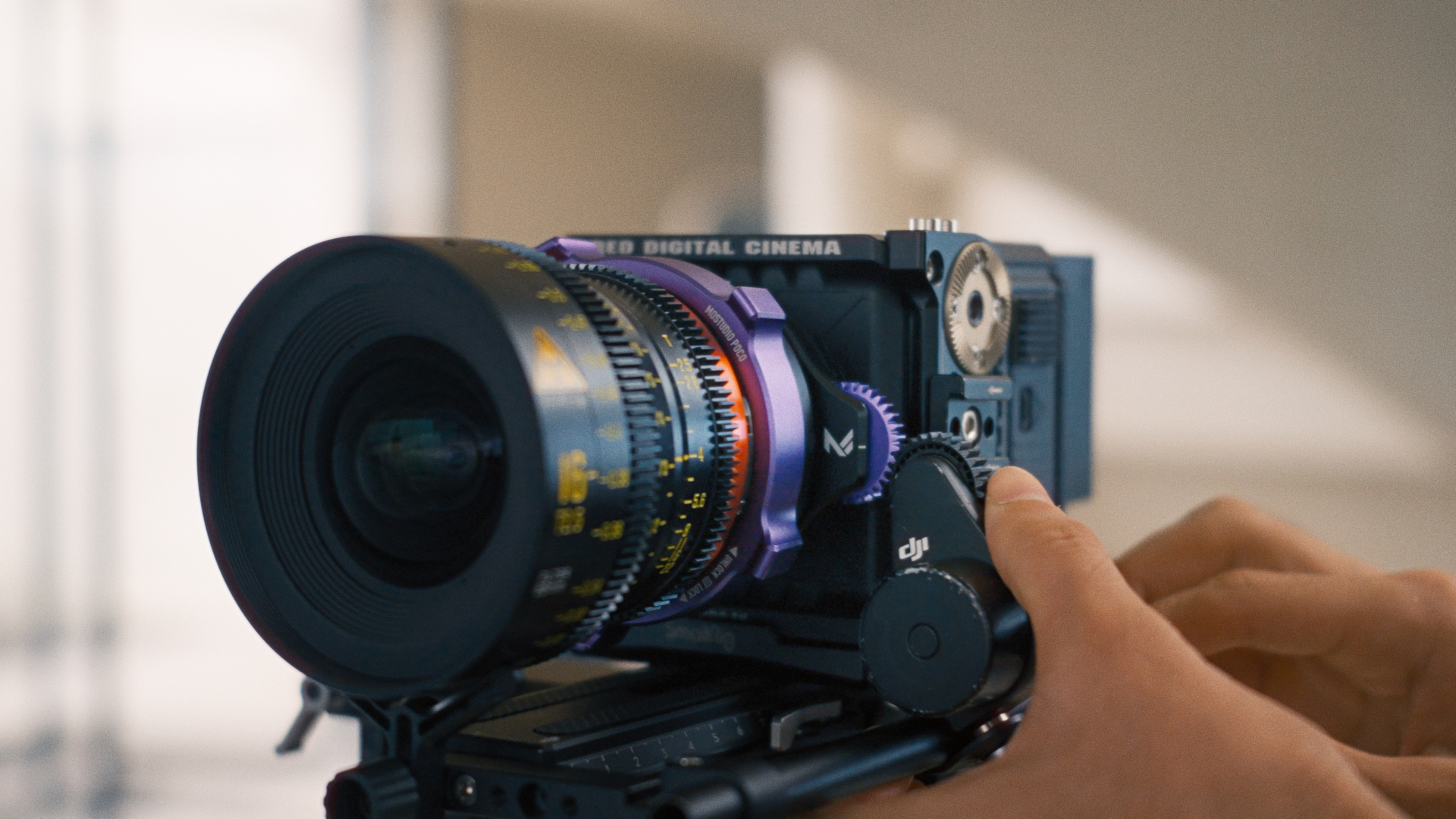[09:41 Sat,5.November 2022 by Thomas Richter] |
Recently, the question has been raised how artists and stock photo services can survive when image-generating AIs such as 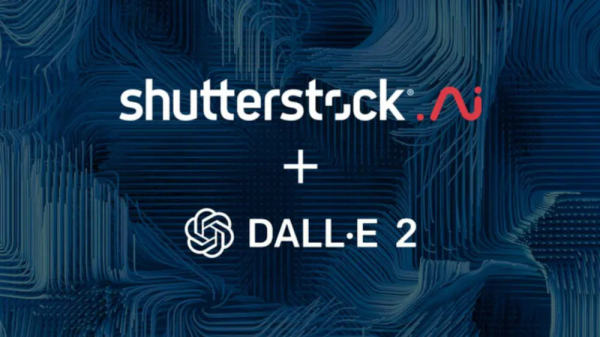 Shutterstock, the largest portal for stock photos, has now given an answer: Shutterstock will give its users the possibility to generate images themselves using DALL-E2. Since 2021, there has been a partnership with OpenAI, which has already been used to train DALL-E2 using the huge Shutterstock image database including keywording. Integration of OpenAI&s DALL-E 2 into Shutterstock.The integration of DALL-E 2 is to be introduced on Shutterstock in the coming months and will offer customers direct access to various image AI functionalities - we assume that, in addition to the generation of any photo-realistic or even abstract images via text, functions such as "image-2-image" (i.e. the use of images or sketches as a template for new AI images) as well as in- and out-painting (i.e. the targeted modification of individual image areas or the addition of an image beyond its boundaries) are meant. 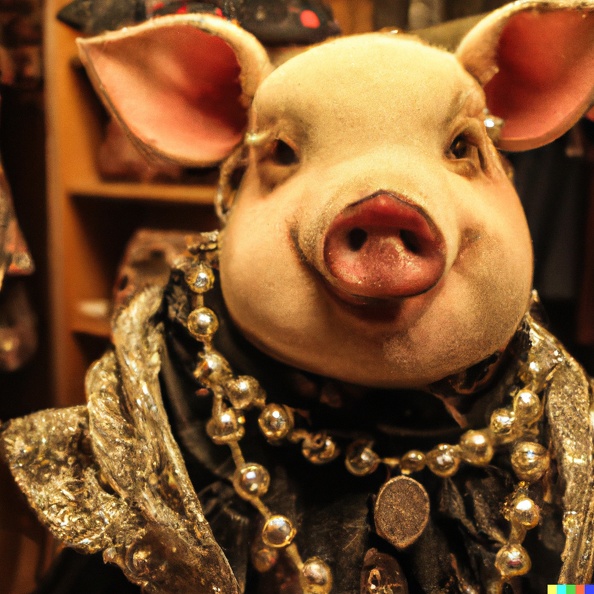 Image generated by DALL-E 2 How exactly this integration will look like and whether there will actually be access to AI images already generated by others and under which conditions, Shutterstock has not yet announced. However, it is quite conceivable that a market of its own could develop here - after all, it often takes quite a bit of experience and imagination to use prompt engineering to generate exactly the image that matches one&s own ideas. Shutterstock also suggests that self-generated images are not exclusive and could be available to other users. And the copyright.It is not yet clear how Shutterstock will deal with the fact that - at least under current American law - images generated by AIs 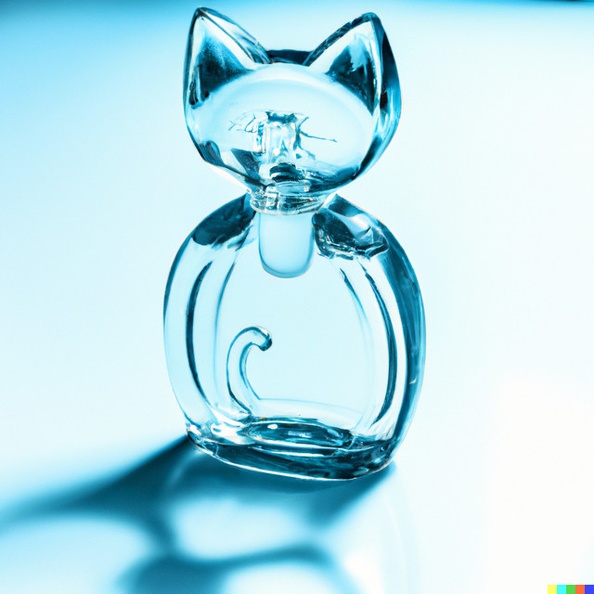 Image generated by DALL-E 2 Also not yet clarified is the legal question of whether artists whose images were used as training material have a right to object to this or to receive a fee. In any case, Shutterstock has decided - also in the interest of the artists on whom it lives - to provide compensation to artists whose works have contributed to the training of the AI models. Artists are also to be compensated in the form of royalties when their intellectual property is used. This suggests that artists whose names were used in text inputs to generate images in their style could receive money. But as long as this is not cast into a law, this remuneration is just a goodwill gesture, which currently only Shutterstock has announced. 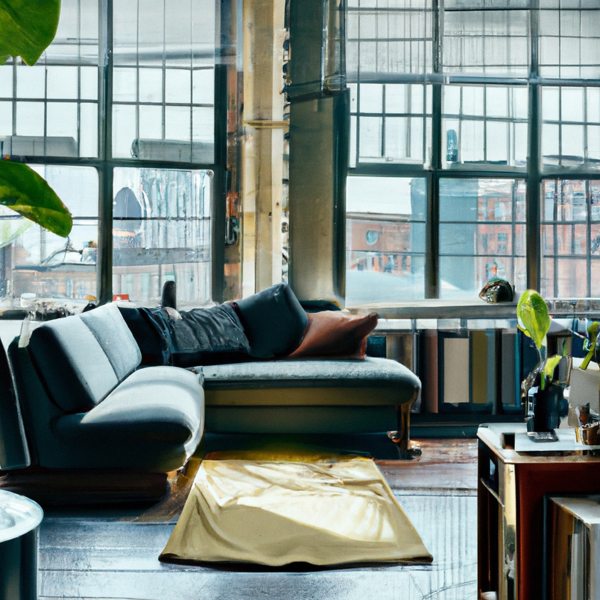 Image generated by DALL-E 2 How many creators does an AI image have?However, if Shutterstock really wants to be consistent with this approach, which is articulated in the following sentence, compensating artists gets complicated: "Because AI content generation models use the intellectual property of many artists and their content, ownership of AI-generated content cannot be assigned to a single individual, but must compensate all artists who participated in the creation of each new piece of content." If artist names are not explicitly stated in the prompt, who can know whose painting/photography style the AI is using in an image? What about the many unnamed photographers and artists whose images and photos were used for training? And what about artists who have already died? 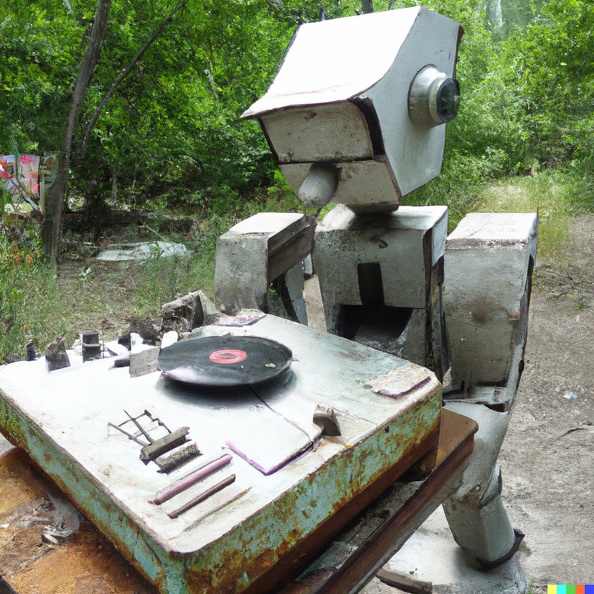 Image generated by DALL-E 2 How high can the price for an AI image be?Shutterstock positions itself not as a competitor to the image AIs, but as a service that offers generated images in addition to a large selection of real photos, in order to act as a universal interface for image seekers and also get a piece of the AI pie instead of possibly slowly losing more and more customers to image AIs. And that without alienating the artists whose works (still) form the basis of Shutterstock&s business. The question is whether the intended compensation will be enough to replace their probably soon collapsing revenues. 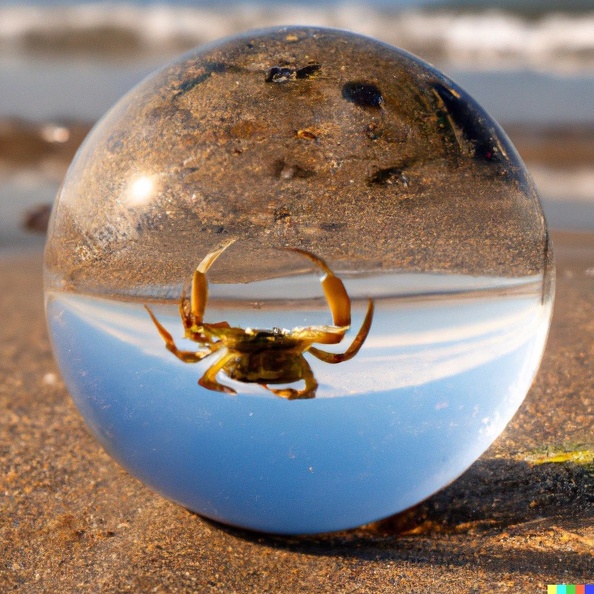 Image generated by DALL-E 2. After all, the cost of AI images (and thus the revenue generated by them, which Shutterstock, OpenAI, and the artists must share) may not be too high - there is too much free or very cheap competition for that. For example, Stable Diffusion is freely available for use on your own PC - alternatively, there are numerous online services that provide access. Even OpenAI&s formerly closed DALL-E2 has recently become openly available, offering 200 free image generations in the first month and then 460 for each. The AI-generated images are still subject to the general limitations of DALL-E 2 (similar to the other AIs): they are currently only 1,024 x 1,024 pixels in size, and fonts in the images are often odd and incomprehensible. 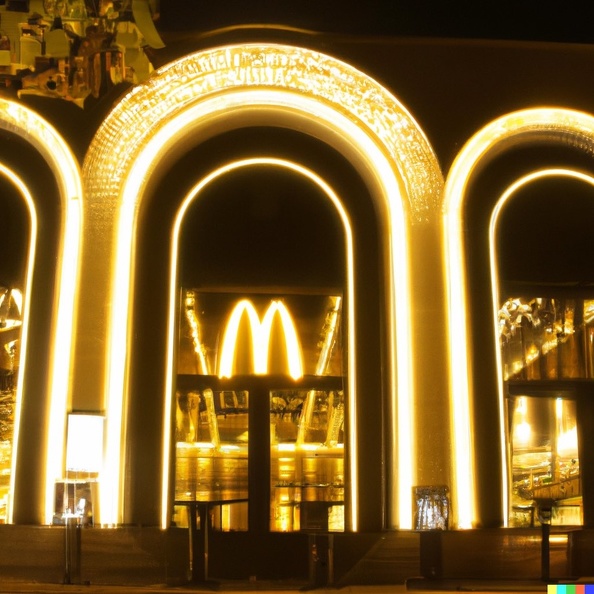 Image generated by DALL-E 2 This development is also relevant for producers of stock footage, as deutsche Version dieser Seite: Stockphoto-Portal Shutterstock integriert KI-Bilder und gibt eine Antwort auf die Gretchenfrage |





